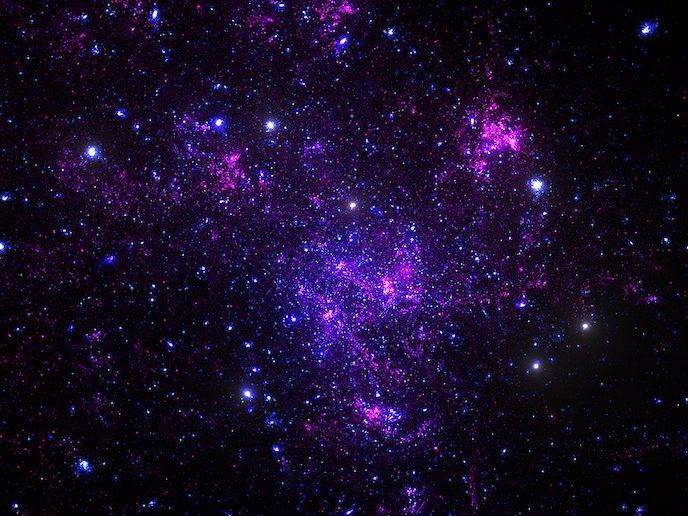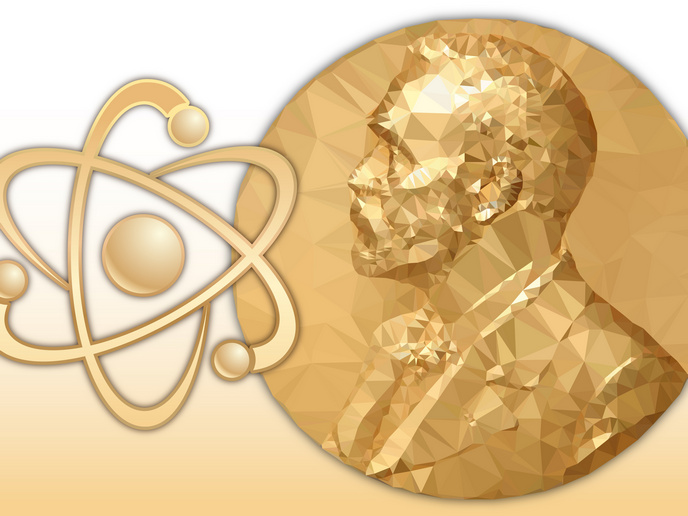Shedding light on dark matter
Despite making up nearly 80 % of the universe’s matter, dark matter remains largely a mystery. “Although there is overwhelming evidence that dark matter exists at all cosmological scales, no experiment has yet been able to identify this elusive substance,” says Kai Schmidt-Hoberg, a physicist at DESY. “As such, when it comes to understanding what dark matter consists of and how it acts, we remain largely in the dark.” Schmidt-Hoberg is leading the EU-funded NewAve project, which aims to solve the dark matter puzzle. To do so, researchers are building theoretical models of dark matter and studying new collider signatures. They are also developing new techniques for comparing and interpreting direct detection experiments and identifying astrophysical probes that constrain, or give evidence to, dark matter self-interactions.
Expanding the experimental looking glass
The European Research Council project used a multidisciplinary approach, bringing together experts from theoretical and experimental particle physics, astrophysics and cosmology. “The scope of this project was very broad, taking into account many different possible incarnations of dark matter within a number of different fields,” he explains. Researchers worked in close contact with various experimental scientists and technology. For example, NewAve researchers used high-energy machines like the Large Hadron Collider, low-energy colliders like Belle II, and such beam dump experiments as NA62. According to Schmidt-Hoberg, these collaborations led to novel search strategies, which are very important to making full use of these experimental facilities and supporting their search for dark matter. For example, researchers identified new signatures that can be observed using existing experiments. They also studied what new design experiments would need to have to cover the most interesting dark matter scenarios. “Although there is still no clear experimental signal for the elusive dark matter particle, the NewAve project added more options to our experimental looking glass,” remarks Schmidt-Hoberg. “As a result, we now have a better chance of discovery in future searches.”
The search continues
The project resulted in a significant number of scientific publications. “I expect a number of these to have a lasting impact on the overall dark matter community,” he concludes. “The improved theoretical understanding of dark matter that this project helped provide opens up new avenues to our ongoing search for dark matter.” Schmidt-Hoberg also benefited personally from the project. Based on its success, he has secured a position as a permanent staff member at the DESY Theory Group – a role that will see him continue his work on dark matter.
Keywords
NewAve, dark matter, collider signatures, physics, astrophysics, cosmology







